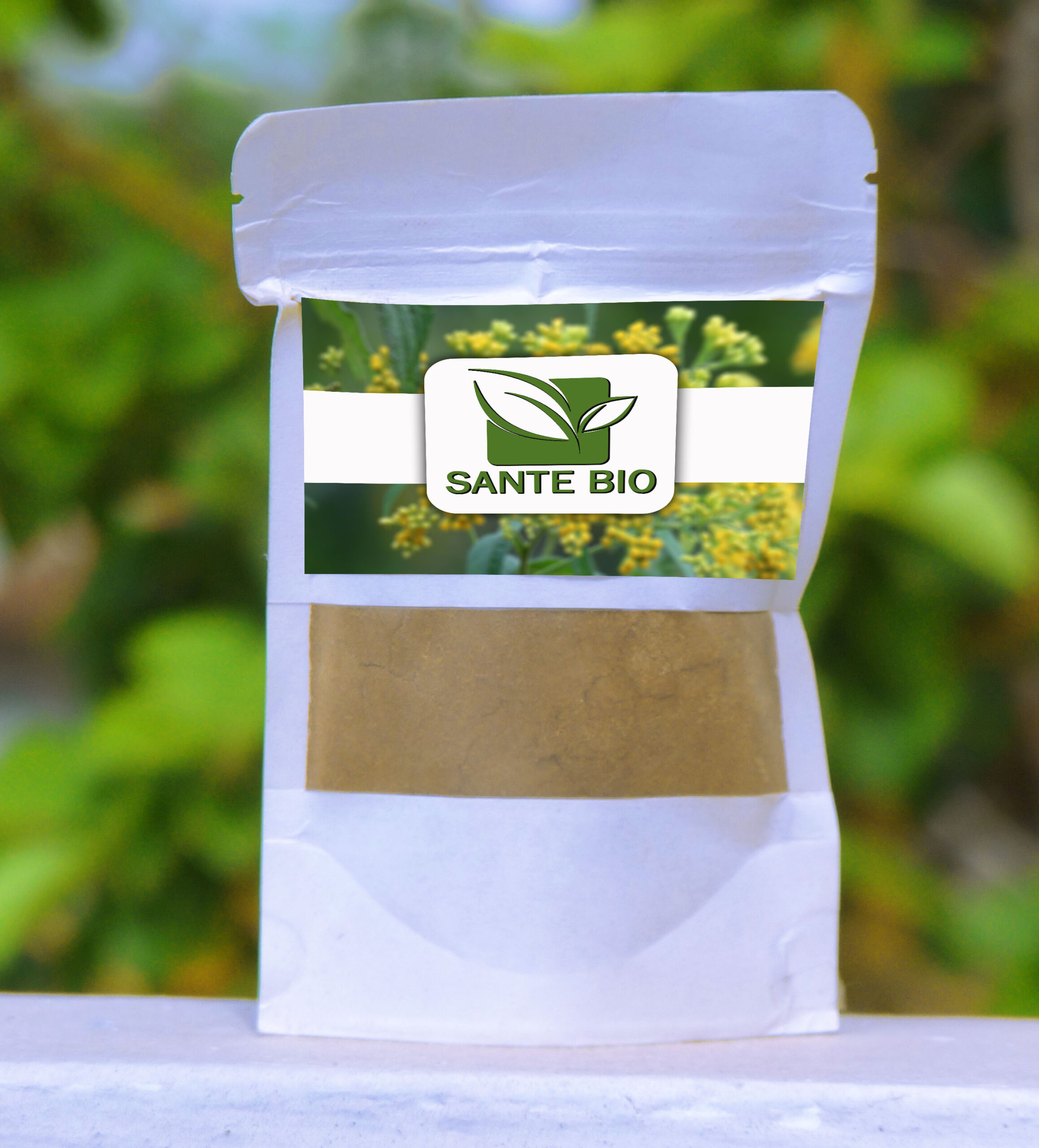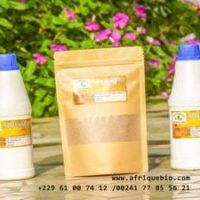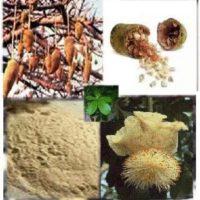Description
Uterine Adhesion Treatment, Natural Uterine Synechia Treatment, Healing Uterine Synechia Naturally, but what is a uterine adhesion or senescence of the uterus? A uterine Synechia or Asherman’s Syndrome (Adhesion in the uterus) is defined by the presence of total or partial adhesion of the uterine walls together. The walls of the uterus, which is a hollow cavity, stick together in places and the uterus loses its ability to hold the foetus. The immediate consequences are secondary hypo- or amenorrhea, infertility, early spontaneous abortions, or abnormal placentation. All this is due to trauma or injury to the basal layer of the endometrium, most often as a result of post-abortion curettage. Tisane 273 quickly dissolves a uterine adhesion or synechia of the uterus. For more information just contact the center Afrique Santé Bio.
WhatsApp: +22965015222
Presentation of the Herbal Tea 273:Adherence Uterus Healing Synechia Uteri Naturally
-Powder in transparent sachets or in jars
-Weight: 100g or 200g
Composition of the Natural Treatment Uterine Synechia
Plant extract.
Indications
Uterine synechia or Asherman’s Syndrome,Adherence in the uterus, female sterility, repeated miscarriage
Directions for use : Read the leaflet
Unuterine Synechia or Asherman’s Syndrome is characterised by the formation of intrauterine adhesions and this leads to repeated miscarriages and infertility if not treated early enough. In most cases uterine synechia follows a poorly performed curettage. Any surgical operation on the uterus requires special attention during and afterwards.
In most cases, it is believed that the disease usually develops four months after a knife has passed through the uterus. It is believed that one of the reasons why this condition is becoming common is the systematic use of intrauterine interventions.
Several studies have been carried out to test the hypothesis that uterine synechia is associated with surgery in the luteus. Synechia often affects the proper development of the foetus.
If you are looking for the best remedies for synechia in the uterus, then discover herbal teas 264, 270, 271 and 272 and herbal tea 273.
Ultrasound of uterine synechia
SYMPTOMS OF UTERINE SYNECHIA
This condition is one of those asymptomatic diseases that only show symptoms when the condition worsens. Doctors can only notice the condition during routine ultrasound examinations during pregnancy.
However, some scientists believe that the disease can lead to several other conditions that can cause associated signs and symptoms.
Amenorrhea
Absence or loss of menstruation
Rare menstruation also called hypomenorrhea.
Uterine synechia can lead to infertility. The worst condition of this syndrome can lead to a recurrent abortion of the fetus during the next 3-4 weeks of pregnancy.
Because adhesions are like scars that form inside the cavity of the uterus, the scar tissue can cause cyclical pelvic pain due to menstruation. When menstrual blood is trapped in the uterus, a woman may experience recurring pain.
In addition, synechia can also result in low menstrual bleeding, known as oligomenorrhoea. A woman who develops synechia suffers from pelvic pain during menstruation, which is caused by poor blood drainage. This condition can lead to infertility in the patient and is an obstacle to the meeting of sperm and egg. The implantation of the embryo in the uterus can also be blocked by synechia. Synechia also causes repeated miscarriages in a patient because the endometrium is abnormal. It should be noted that this condition can manifest itself in pathologies of the placenta.
There can be many causes for this, but here are some of the main ones:
Experts estimate that the majority of cases associated with uterine synechia come from women who have undergone an operation affecting the uterus or related to pregnancy.
Some other cases are women who have had uterine infection or instrumentation before pregnancy. Any type of infection that can lead to uterine adhesion formation is directly associated with uterine synechia. One of the main causes of uterine infections is the regular use of intrauterine devices.
The other cause is the surgical removal of myomas and polyps, which can lead to the formation of uterine adhesions.
Synechia or uterine adhesions most often occur after trauma to the endometrium and its subsequent healing. The endometrium is the inner layer of the uterus, which grows with each menstrual cycle and is shed during menstruation. Here are some situations that can lead to uterine synechia:
-Curettage following a miscarriage or abortion
-Inability to expel the placenta after childbirth
-Post-partum haemorrhage
-Caesarean section
-Removal of endometrial fibroids or polyps
-Myomectomy by operative hysteroscopy
-Severe pelvic infection
IUD insertion (intrauterine device)
Genital tuberculosis and schistosomiasis (also known as bilharzia).
In general, all procedures that require dilatation and curettage are the most common causes of intrauterine adhesions or Asherman’s Syndrome.
It is also important to note that the risk of developing utrine adhesion increases with the number of curettages performed on a woman.








Recent Comments